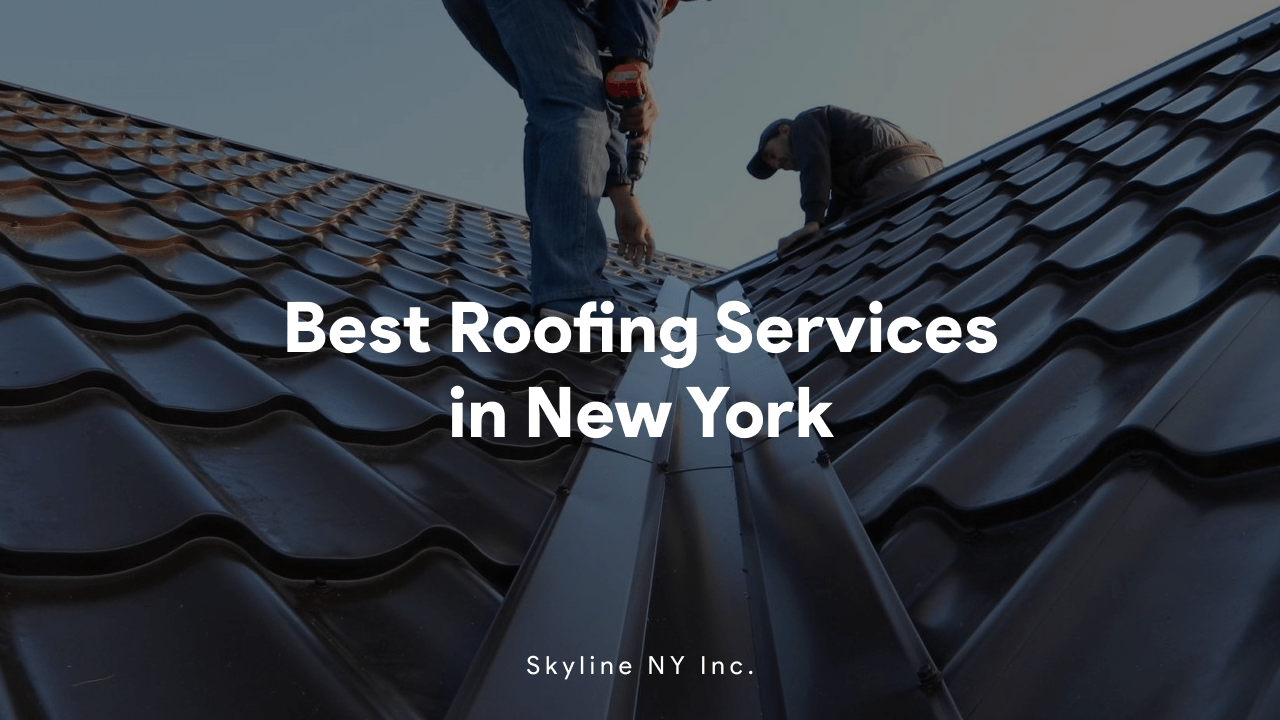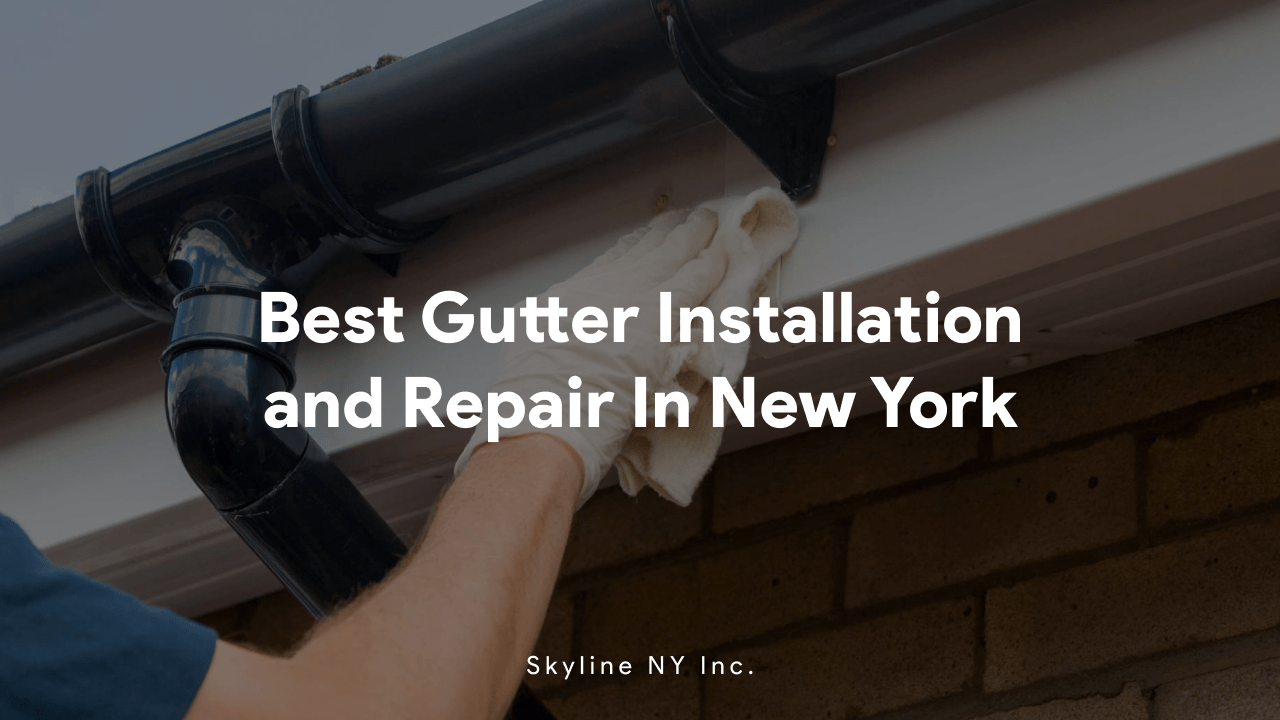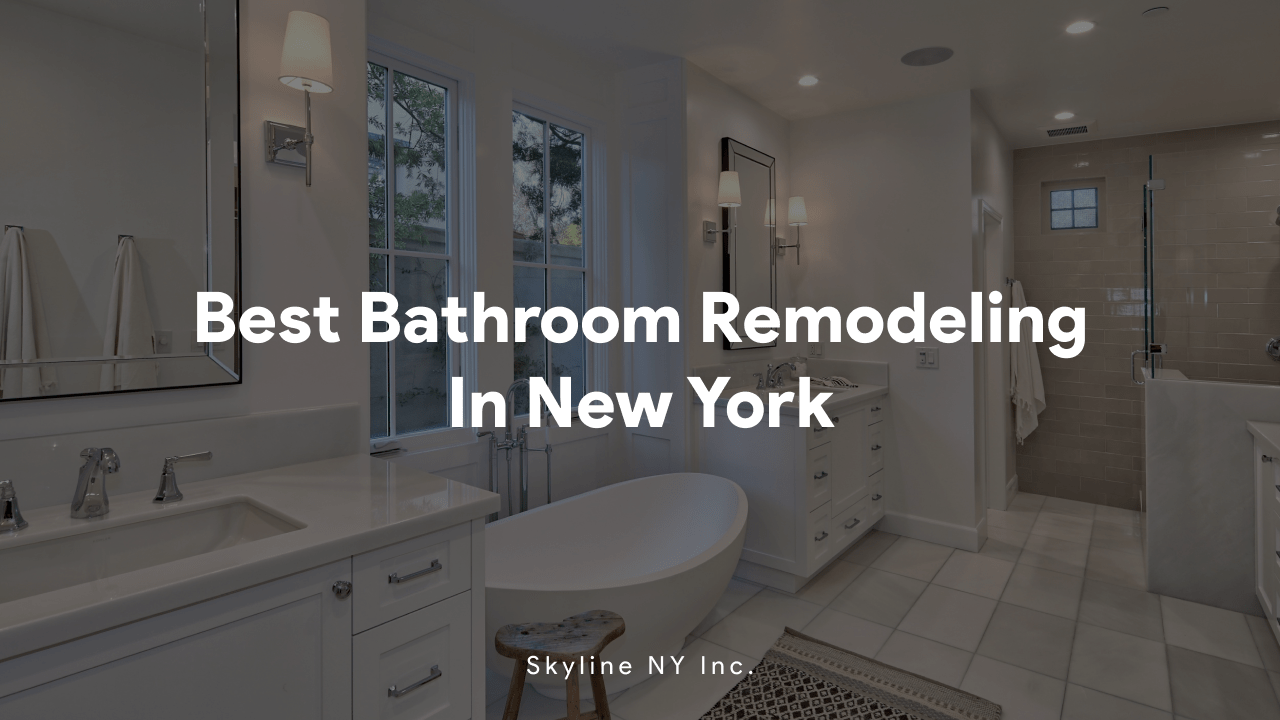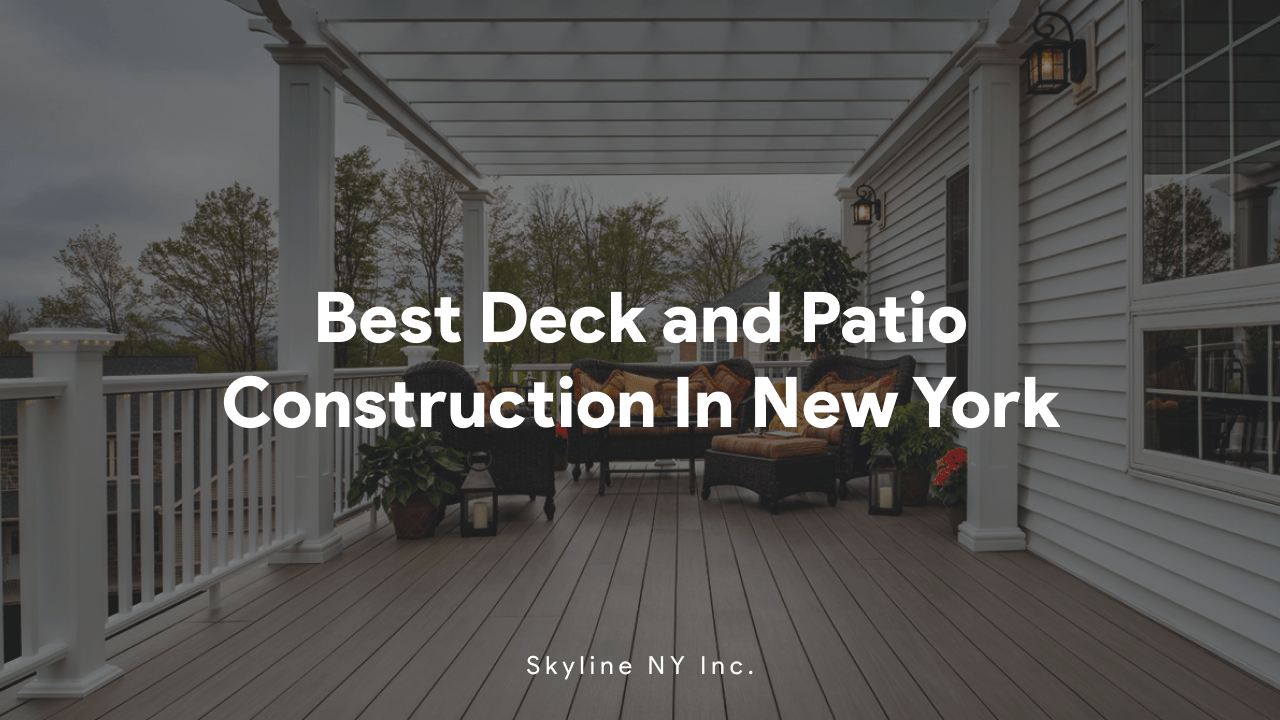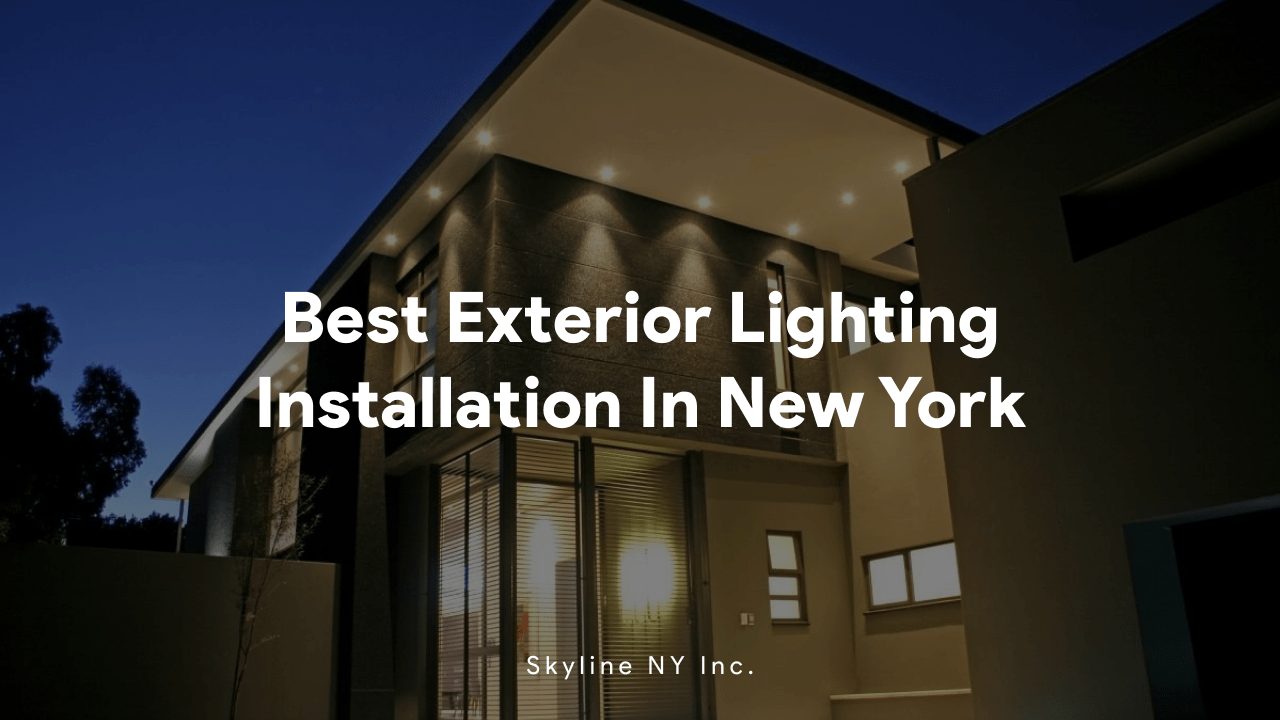
Best Exterior Lighting Installation In New York

Looking for Best Exterior Lighting Installation In New York?
Outdoor lighting plays a crucial role in enhancing safety, security, and the overall aesthetics of your home. Whether you want to illuminate your pathways, highlight architectural features, or create a welcoming ambiance, proper exterior lighting can make a significant difference. In this comprehensive guide, we’ll explore the importance of outdoor lighting, different types of fixtures, installation tips, and maintenance recommendations.
Why Outdoor Lighting Matters
Safety and Security:
- Well-lit exteriors deter intruders and provide peace of mind for homeowners and visitors.
- Illuminated pathways prevent accidents and ensure safe navigation during nighttime.
Aesthetics
- Outdoor lighting enhances the curb appeal of your home.
- It accentuates architectural details, landscaping, and outdoor living spaces.
Types of Outdoor Lighting Fixtures
Motion Sensor Lights
Function: These lights activate when they detect movement within their range.
Advantages:
Effective deterrent for intruders.
Energy-efficient (only activate when needed).
Considerations:
Beware of false triggers (e.g., animals, wind-blown objects).
Proper placement and sensitivity adjustment are essential.
Floodlights
Function: Emit a broad, intense beam of light, covering large areas.
Use Cases:
Illuminate yards, driveways, and open spaces.
Provide continuous illumination or activate via motion sensors.
Energy Consumption:
Higher energy usage compared to other types of lighting.
Consider energy-efficient options like LED floodlights.
LED Lights
Advantages:
Energy-efficient and long-lasting.
Minimal maintenance required.
Applications:
Use LED lights for pathways, garden beds, and accent lighting.
Choose warm or cool tones based on the desired ambiance.
Installation Steps
Plan Your Layout:
Identify key areas for lighting (entryways, pathways, garden features).
Consider aesthetics and functionality.
Choose Fixtures:
Select fixtures based on the intended purpose (motion sensor lights, floodlights, or decorative LEDs).
Opt for weather-resistant materials.
Wiring and Electrical Work:
Hire a professional electrician if needed.
Ensure proper wiring and connections.
Mounting and Placement:
Follow manufacturer instructions for mounting fixtures.
Position lights to avoid glare and light pollution.
Test and Adjust:
Test each fixture after installation.
Adjust sensitivity, angles, and timers as necessary.
Maintenance and Troubleshooting
Regular Cleaning:
Remove dirt, debris, and spider webs from fixtures.
Check for any loose connections.
Replace Bulbs Promptly:
Burnt-out bulbs compromise safety and aesthetics.
Opt for LED bulbs for longevity.
Inspect Wiring:
Periodically check wiring for damage.
Address any issues promptly.

